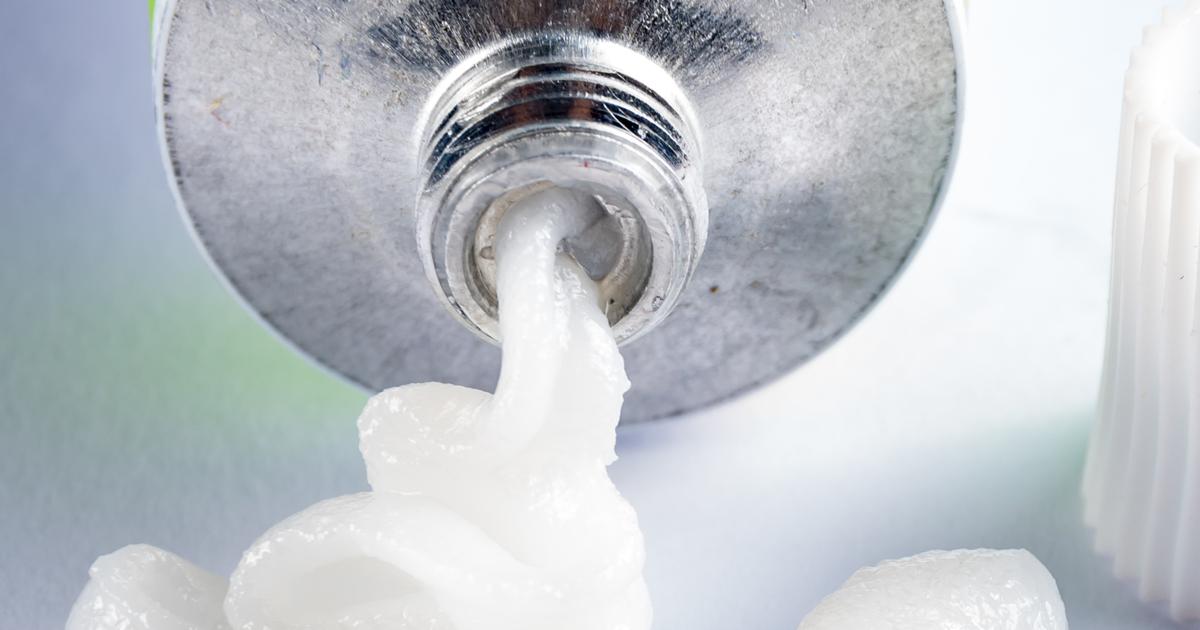How To Treat A Black Toenail
Our toenails are naturally a white or cream color, though they can change for many reasons. If an individual regularly uses nail polish, their nails may become a little more yellow due to staining. Other causes of nail color changes include trauma, infection, and nutritional deficiencies. Multiple things can make a toenail turn black, and while some of these conditions resolve themselves, others may require treatment.
If an individual's toenail doesn't seem to be returning to its normal color within a few days, they should talk to a doctor to rule out potentially serious issues. Treatment for a black toenail depends on the underlying cause. If unsure about what the underlying cause is, patients should talk to a doctor before trying to treat the condition themselves.
Antifungal Ointments and Creams

If a black toenail is caused by a fungal infection, antifungal ointments and creams are often enough to fight it. This is especially true if individuals caught the infection early, though they may need a doctor's help with treatment if the infection has lasted a long time or progressed beyond their toenail. Fungal infections can occur around the hair, nails, or skin.
The most common fungal infection is athlete's foot, which can lead to a black toenail or other foot issues. Topical treatments like creams and ointments can help relieve the uncomfortable symptoms of an infection like burning, itching, and stinging. In most cases, these medications should be used for between two and four weeks. If the infection is more severe, though, longer usage might be required.
Employ The RICE Treatment

When the black toenail is the result of injury, it will typically resolve without needing treatment, though affected individuals can employ the RICE (rest, ice, compression, and elevation) treatment to help the injury heal faster. Black toenails caused by injuries are the result of broken blood vessels. After the nail grows out, the spot will disappear. If the spot doesn't go away after the nail grows out, there may be a different underlying cause.
Affected individuals shouldn't overwork their injured foot. If possible, they should keep pressure off it and try not to walk. Using ice can help because it numbs nerve endings and reduces both inflammation and swelling, and compression keeps the foot from becoming swollen due to fluid gathering around the injury. Finally, elevating the affected foot higher than the hips helps increase blood circulation and promote faster healing.
Try Over-the-Counter Pain Medication

If their black toenail causes pain and discomfort, patients can try over-the-counter pain medication to ease symptoms. Pain medication is a good way to mitigate the pain from injuries, and while it may not be as effective as a topical treatment for fungal infections, but it might work if used in conjunction with topical creams. Acetaminophen and nonsteroidal anti-inflammatory drugs (NSAIDs) are the two most common types of over-the-counter pain relievers and are both capable of relieving pain caused by muscle stiffness and aches, and they can both reduce fever. With that said, NSAIDs can also reduce inflammation, which makes them good for infections and inflamed injuries. NSAIDs shouldn't be used for long periods, though, as prolonged use can lead to kidney damage and other side effects.
Protect Nail During Treatment

Individuals should do their best to protect the nail during treatment, as further damage to the nail can cause the issue to take longer to heal. Treatment for fungal infections and trauma tends to be the easiest. Trauma-related injuries grow out naturally, and the majority of fungal infections can be treated without prescriptions. While individuals are treating their toenail, they should take steps to make sure it's protected.
Even after treatment, they should continue taking proactive measures to keep the issue from happening again. One example would be wearing close-toed shoes at work, especially if they carry or push heavy objects. Individuals should also make sure to wear well-fitting shoes, especially if they engage in a high-impact exercise like running.
Treat Underlying Condition

When a black toenail isn't caused by an injury or trauma, it tends to be related to an underlying condition. Black toenails are often just symptoms of other issues, rather than being their own disease. This means treatment varies depending on the cause. With an injury, as stated, individuals will typically use injury treatments like the RICE method. Fungal infections can be treated with over-the-counter ointments or an antifungal prescription.
However, there are some more serious potential causes of a black toenail. Diabetes can lead to a black toenail when one of the patient's feet becomes damaged due to diabetic neuropathy. Melanoma can also cause unusual toenail discoloration. This type of skin cancer can easily spread and become very deadly if not detected and treated properly. If individuals think they may have a serious illness, they should see a doctor so they can get tested and diagnosed.
